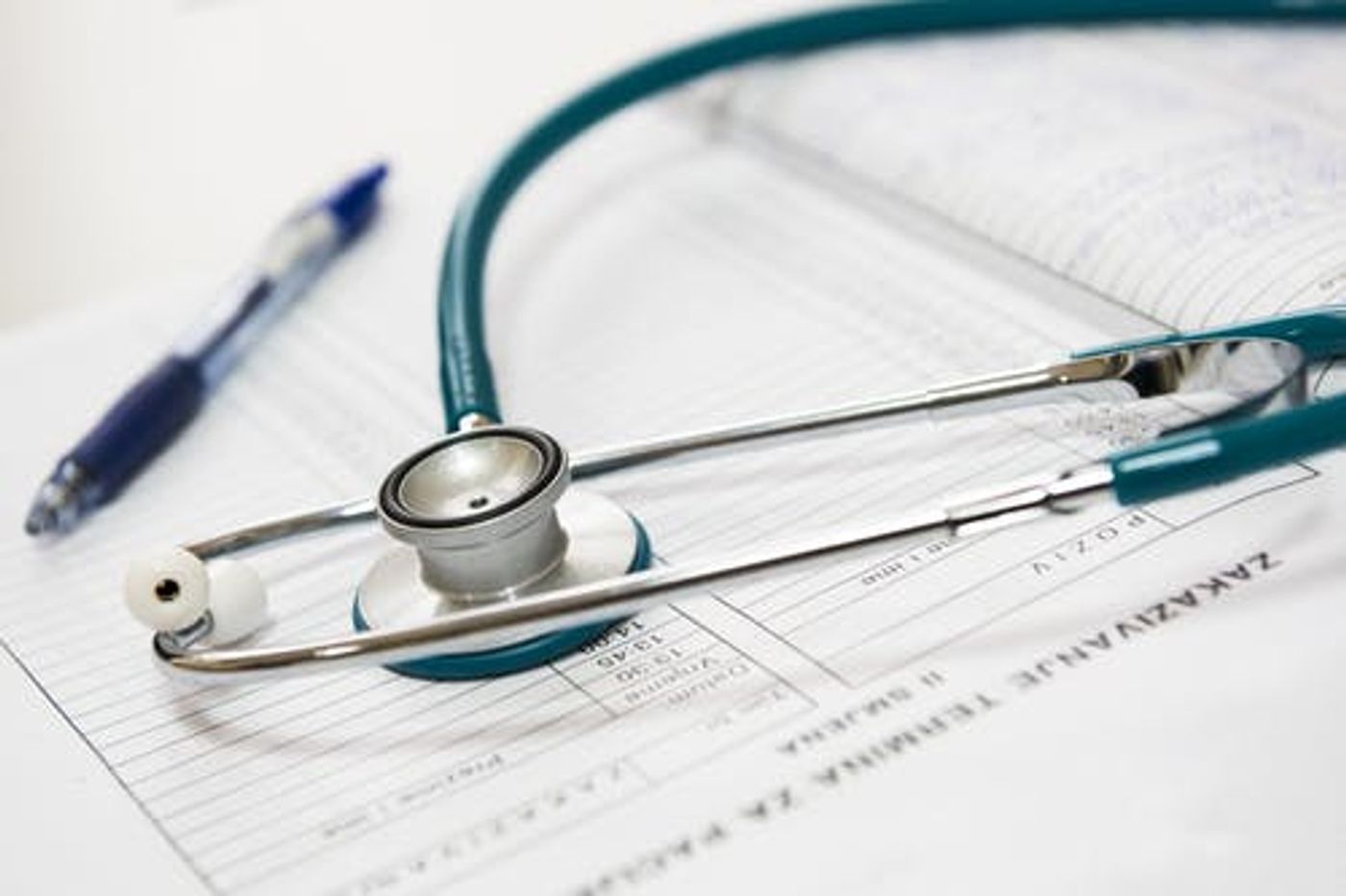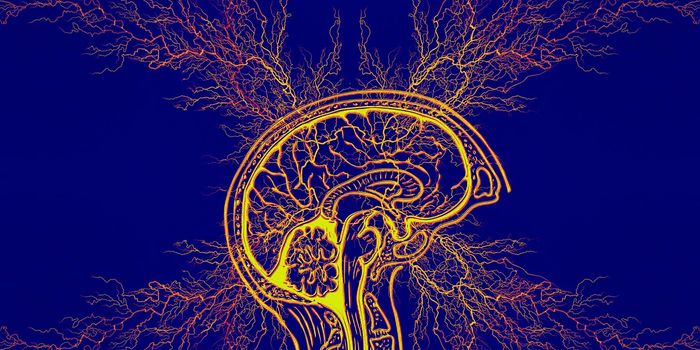Heart Conditions Amongst The Most Misdiagnosed
There are a massive number of diseases that a person can acquire. This can make the idea of diagnosing a disease accurately seem like a daunting task. Shockingly, problems in diagnostics may lead to as many as 80,000 deaths each year in the US, according to a new study. Misdiagnoses may also contribute up to 160,000 cases of patient harm annually.
Diagnosis is difficult because a group of symptoms may indicate any of 10,000 known conditions. Additionally, these types of errors “happen across all areas of medicine, “ as explained by the studies first author Dr. David Newman-Toker, Ph.D.
In an attempt to understand where errors most commonly occur, researchers began to group diagnostic codes together. This allowed them to compare and identify the most common diagnostic errors. This process also helps us understand which misdiagnoses do the most harm.
Researchers were surprised to find that a “small number of conditions“ were associated with the most concerning diagnostic errors. Infections, cancers, and vascular are the top three events which correspond with nearly three-fourths of all “serious harm“ done to patients.
For vascular events, misdiagnoses resulted in death or permanent disability in 22% of cases. Most of these cases occurred in the emergency room. The cardiovascular event most associated with these errors was a stroke. Also on the list of most harmful missed diagnoses in cardiology were conditions like heart attacks and blood clots.
Understanding which conditions are most often misdiagnosed can help us decide which problems to tackle in public health to make the most significant improvements in patient care. These considerations may also help direct future funding and policy.
One of the ways diagnostics are expected to improve is through the use of computers in medicine. Algorithms to quickly discover patterns in patients can help to direct doctors towards the correct diagnosis. In addition to doing so at incredible speeds, machines can crunch patient data in large quantities. They can pick up on patterns that traditional analyses could not.
Though more research is needed on the topic, this study can help direct future diagnostics. Improvements in diagnosis for cardiovascular and other conditions will save time, money, and most importantly lives.
Sources: Diagnosis, Dr. John Campbell











